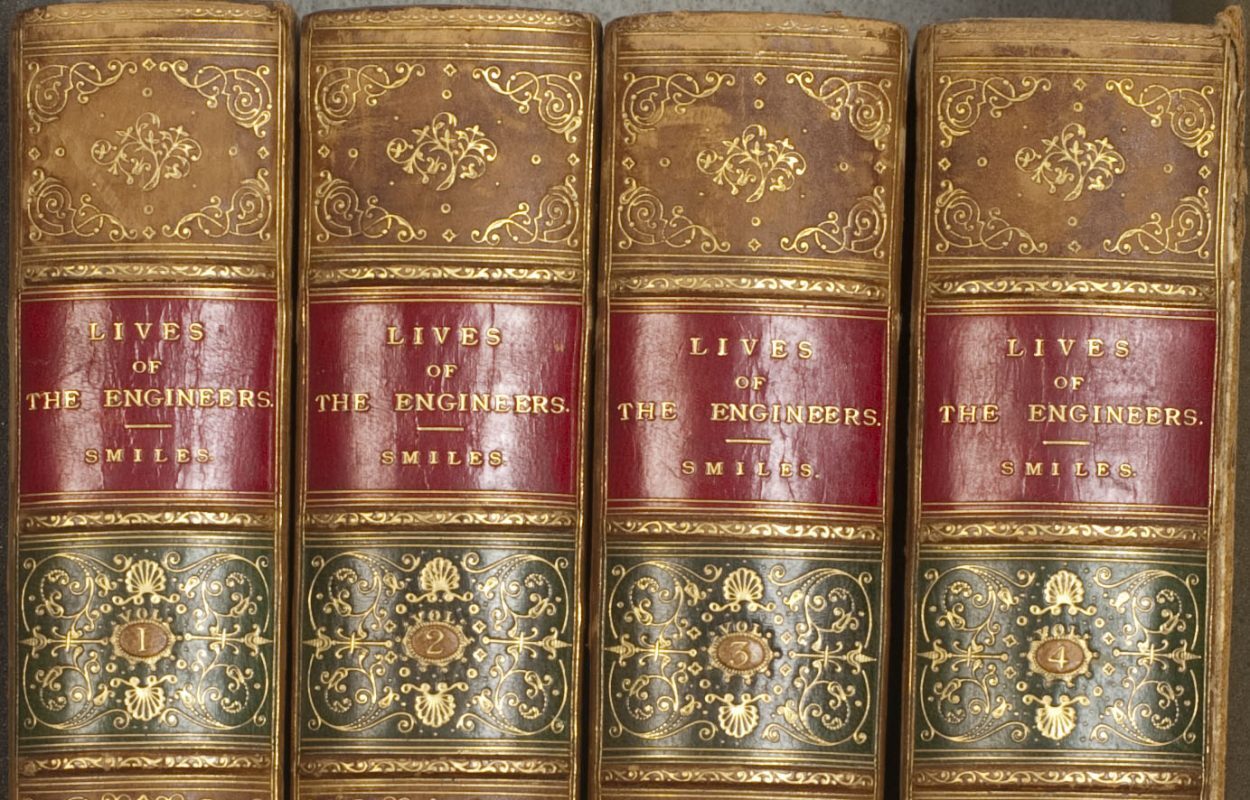Year 41 – 1901: Are Our Industrial Leaders Efficiently Trained? : A Comparison of Technical Education at Home and Abroad, by the Council of the Association of Technical Institutions
Published: Bristol, England, 1901 MIT was founded on the idea that an excellent education, based on a solid foundation in the sciences, was the surest road to technological and industrial innovation. A century ago, England’s Association of Technical Institutions was thinking along the same lines, and recognizing that the overall health and success of the nation was tied to the robustness of its industry. This pamphlet published by the Association opens with a stern warning: “ … it is a matter of life and death for us to maintain our position as a great industrial nation … we cannot do […]
